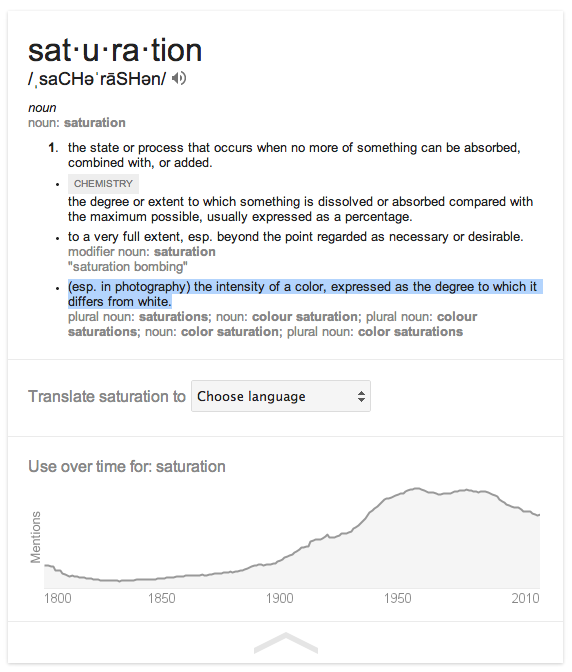Yesterday I was on a absolutely amazing panel (video at link) at the Deep Lab on Surveillant Anxiety.
Panel Description
What are the lived effects of surveillance? From the anxieties of the surveilled to those of the surveillers, this panel considers the cultural, physiological, political, and psychological effects of mass surveillance.
Moderator: Kate Crawford [Deep Lab]
Speakers:
Simone Browne
Jade Davis (HASTAC)
Biella Coleman (McGill)
Karen Levy (NYU)
My talk specifically looked at how, from the early mid-to late 90s as internet enabled surveillance and distribution of private/amateur video footage become one of the past times of the internet, we culturally learned how to take pleasure in consuming the surveillance of “others”. I related this to the contemporary phenomenon of watching black men being killed on social media because my working thesis is this is an act of (America) citizenship.
The conclusion was, given our current moment we need to be reflective about our roll in the surveillance machine that has been culturally normalized through social media in our current moment. This is different than surveillance and sousveillance. The terms I used is
SEVEILLANCE:
Reflective surveillance and censoring in acknowledgement of the “other”.
The thing that I want to add to this larger conversation is Seveillance. This is outside of the phenomenological self, because that tends to have some idea of unification, and I don’t think there is such a thing and I am okay with that. Seveillance is a reflective practice in mainly socially media environments where both surveillance and sousveillance collide in a stream of information where, as individual users, people are forced to encounter a media mirror that, while pleasurable for some, is painful for others. It is the thing that gets people wrapped up in flame wars or trolling as they attempt to define a safe space in an open stream of information.
This becomes important when we (society) start to break down some of the alienation we experience as a result of our digitally augmented social lives. We are able to talk to a more diverse group of people than in the past, because social streams feed the same algorithm, we need to think about what we are sharing and how, and who we are asking to watch with us and why. It is one of the ways we need to self-censor that we do not often discuss. And it leads to my big questions.
1.What does it mean for something to be both a place where we come to watch playful things and sacred men die?
2.How do we reconcile that we allow their deaths to render invisible the countless others who die in the same manner?
The Nitty Gritty of the Talk
I laid out three types of pleasure in a foreign language, because that’s how I roll, with definitions taken from the internet. Jouissance, Divertissement, and Schadenfreude. A working hypothesis for why the three examples were sticky or different is because people see them as something that could happen to them but did not. They are also all types of pleasure that have some pain, discomfort, or cringeworthyness attached to them. I think it is so so so important that we acknowledge that without pain there is no pleasure.
Jouissance: Physical or intellectual pleasure, delight, or ecstasy.
The Pamela Anderson and Tommy Lee sex tape, leaked on line in 1998, wasn’t the first sex tape made, but, with the proliferation of 56k modems and T1 lines at universities, it was able to spread in a new way thanks to the internet. It allowed people to watch a what happened behind closed doors of a popular sex symbol. The eventually licensing of the tape also paved the way for Paris Hilton and Kim Kardashian.. And it was a predecessor to the recent “The Fappening“, the leaking of celebrity photos stored in their icloud accounts.
Divertissement: A minor entertainment or diversion.
Unfortunately, most of the Audience hadn’t had my experience of big brother, and the video didn’t work, but here is the opening for the first minute that I was unable to show during the talk.
For me, the show that was a predecessor to what we are seeing today in terms of day to day surveillance, and privacy is Big Brother. The US version premiered in 2000. I thought it might be fun to watch the first minute of the first episode to hear what the host says, and to see what was shown on TV.
What this clip doesn’t mention is the 24 hour feed that was available on the internet. As someone who was home that summer in a small semi-rural town in California, most of my friends were online. We’d spend hours in the chat rooms watching and wondering if Brittney, one of the house guests they made a big deal about in the marketing for being a virgin, would lose her virginity.
What I find so interesting about how Big Brother was position versus how we are positioned now in a day to day environment that resembles the house is, they agreed to this for a large cash prize. We pay for the privilege. Watching people early on do this was merely diversion and entertainment though.
Schadenfreude: Pleasure derived by someone from another person’s misfortune.
This form of surveillance pleasure is most popularly seen in Sousveillance Genre of Russian Dashboard Cameras, and, I think for our contemporary moment, and where I will be going next, this is an important comparisons. These films show accidents, scams, fights, and other Russian craziness. The seemingly endless feed of Russian dashcam footage caused many to ask Why they have this. The reason is corruption. These films allow people to protect themselves in court from corrupt police officers and scam artists. It serves the people filming and provides them a level of agency they would not have otherwise. And, as a side bonus, it gets them tens of thousands of views on sites like YouTube when they capture and upload something Schadenfreude worthy… like a cement truck driving over a road and falling into a hole because it couldn’t handle the weight.
Surveillance vs Sousveillance
That thing we’ve culturally been calling for as a fix. The wearable police camera… but, it is false sousveillance, and it has shown, thus far, that, it will not bring about change in the current social order, so to speak. Politically, even our attempts at sousveillance, given what we now know about how or devices and communications are tracked or how they are taken out of context by state power means that in the US we culturally have a very limited potential for what I would consider true souveillance. What we do have is this..
PLEASURE IN THE SURVEILLANCE OF “OTHERS” IS A DISTRACTION FROM A LOSS OF AGENCY AT A CULTURAL LEVEL.
WE DEFINE THE OTHER BY ALIENATION, and IN THE PROCESS ALIENATE OURSELVES.
At this point I shared a link to my post, “Black Men Being Killed is the New Girls Gone Wild” and provided a list of names I will not being sharing here of the black men and boys whose deaths have been shared on social media as clickbait because it combines all three forms of surveillance pleasure into one, if you are an ideal citizen (and not everyone is).
And now the wall of text…

I am thinking through this with both Agamben and Fanon.
‘The sacred man is the one who people have judged on account of a crime. It is not permitted to sacrifice this man, yet, he who kills him will not be condemned for homicide; in the first tribunation law, in fact, it is noted that “if someone kills the one who is sacred according to the plebiscite, it will not be considered homicide.” This is why it Is customary for a bad or impure man to be called sacred’ (pulled from an ebook of Homo Sacer so I don’t have a page number)
Black men represent both the sacred man and bare life in a meaningful way. Bare life reduces a person to just a body, unable to participate in politics or the good life. As a sacred object, it is the space we look to to make things okay. The watching of these deaths is not new. We have the history of lynching, and slavery (Simone did a fantastic job speaking of slavery). This is a historical American past time. In fact, the ability to take pleasure in this is part of what defines the good life in America.
The other side is what Karen, one of my other co-panelist was speaking about in terms of care, family, and surveillance. For all of the people that are able to take pleasure in the watching, there is another group that suffers, those that see a mirror of themselves in these bodies that die from both sousveillance and police cam footage that is then uploaded and shared online. Rather than joy, seeing these image repeated and the amplification of the positive reactions to these deaths (and I consider lots of clicks a positive reaction), means that certain bodies are still seen as always already dead. Additionally, if you are a political being (or citizen) in the United States, you are already implicated in the idea that there are some bodies that deserve state death, as we do have capital punishment. These men are bare life. And media and education, for Fanon, are, psychic mirrors. In these mirrors heroes and history are the realm of whiteness. Blackness is the realm of monsters, death, and fear.
The thing that is important to remember is that these actions are Jouissance, Divertissement, and Schadenfreude all at once. And they are a placeholder. The high visibility of the scared man is a distraction from the fact that these actions that are culturally seen as reasonable when done to certain bodies is inevitably happening to all of them, because, any citizen has the potential in the future to be homo sacer, or experience bare life. And, the distraction that homo sacer provides is that the future is now. These things are already happening to everyone. But because homo sacer is the visible representation of the opposite of citizen ship, we focus, in this case, on his black male death, ignoring the black female death, the latin@ death, the queer death, the white death, and all the other deaths that are happening in the exact same manner.













